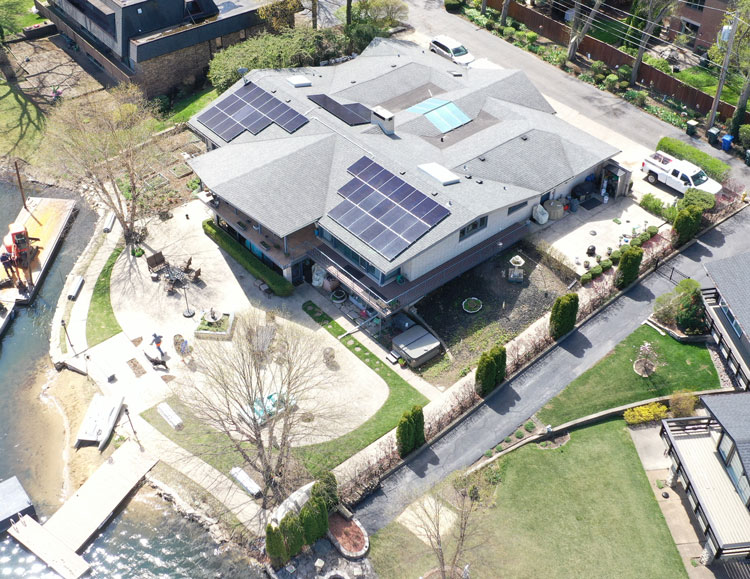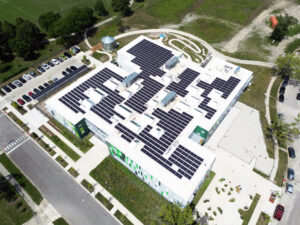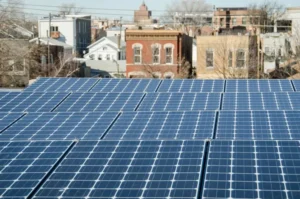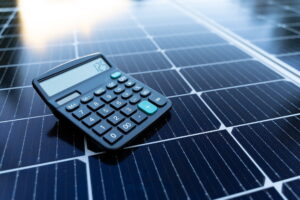As we progress through the decade, the landscape of solar energy continues to evolve, offering promising opportunities for homeowners looking to reduce their carbon footprint and electricity bills. Let’s delve into the costs associated with solar panels in 2024 and evaluate whether they are a worthwhile investment for your home.
How Much Do Solar Panels Cost in 2024?
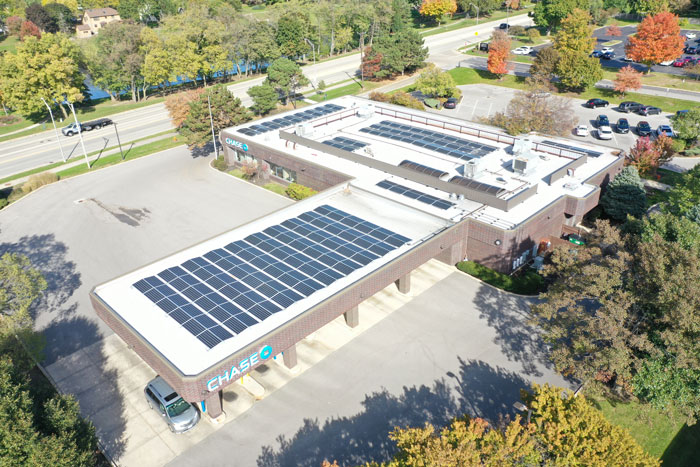
The cost of installing solar panels can vary widely based on several factors including the size of the system, the type of panels used, and the complexity of the installation. In 2024, the average cost of a solar panel system in the U.S. is approximately $31,558 before incentives. This figure provides a baseline, but actual costs can vary depending on specific circumstances and requirements.
Cost of Solar Panels by State
The cost of solar panel installation varies significantly across the United States, influenced by factors such as state incentives, solar irradiance levels, local market competition, and regulatory environments. Here’s a detailed look at the average costs per watt and the estimated total cost for a typical 5 kW system across all 50 states:
| State | Average Price Per Watt | Average System Size (kW) | Average Cost Before Incentives | Estimated Cost After Federal Tax Credit |
| Alabama | $3.14 | 6 | $18,840 | $13,188 |
| Alaska | $3.36 | 4 | $13,440 | $9,408 |
| Arizona | $3.07 | 8 | $24,560 | $17,192 |
| Arkansas | $3.49 | 9 | $31,410 | $21,987 |
| California | $3.47 | 5 | $17,350 | $12,145 |
| Colorado | $3.98 | 5 | $19,900 | $13,930 |
| Connecticut | $3.75 | 6 | $22,500 | $15,750 |
| Delaware | $3.09 | 8 | $24,720 | $17,304 |
| Florida | $3.21 | 9 | $28,890 | $20,223 |
| Georgia | $3.74 | 9 | $33,660 | $23,562 |
| Hawaii | $4.25 | 5 | $21,250 | $14,875 |
| Idaho | $3.46 | 8 | $27,680 | $19,376 |
| Illinois | $3.76 | 6 | $22,560 | $15,792 |
| Indiana | $4.10 | 8 | $32,800 | $22,960 |
| Iowa | $4.01 | 8 | $32,080 | $22,456 |
| Kansas | $3.34 | 8 | $26,720 | $18,704 |
| Kentucky | $2.88 | 9 | $25,920 | $18,144 |
| Louisiana | $3.80 | 10 | $38,000 | $26,600 |
| Maine | $3.80 | 6 | $22,800 | $15,960 |
| Maryland | $3.54 | 8 | $28,320 | $19,824 |
| Massachusetts | $4.06 | 5 | $20,300 | $14,210 |
| Michigan | $4.06 | 6 | $24,360 | $17,052 |
| Minnesota | $4.03 | 7 | $28,210 | $19,747 |
| Mississippi | $3.14 | 10 | $31,400 | $21,980 |
| Missouri | $3.37 | 9 | $30,330 | $21,231 |
| Montana | $3.70 | 6 | $22,200 | $15,540 |
| Nebraska | $3.45 | 7 | $24,150 | $16,905 |
| Nevada | $3.08 | 7 | $21,560 | $15,092 |
| New Hampshire | $4.22 | 6 | $25,320 | $17,724 |
| New Jersey | $3.53 | 6 | $21,180 | $14,826 |
| New Mexico | $3.93 | 5 | $19,650 | $13,755 |
| New York | $3.65 | 5 | $18,250 | $12,775 |
| North Carolina | $3.51 | 9 | $31,590 | $22,113 |
| North Dakota | $3.64 | 8 | $29,120 | $20,384 |
| Ohio | $3.41 | 8 | $27,280 | $19,096 |
| Oklahoma | $3.13 | 9 | $28,170 | $19,719 |
| Oregon | $3.50 | 8 | $28,000 | $19,600 |
| Pennsylvania | $3.55 | 8 | $28,400 | $19,880 |
| Rhode Island | $4.07 | 5 | $20,350 | $14,245 |
| South Carolina | $3.45 | 9 | $31,050 | $21,735 |
| South Dakota | $3.55 | 7 | $24,850 | $17,395 |
| Tennessee | $3.58 | 10 | $35,800 | $25,060 |
| Texas | $3.33 | 9 | $29,970 | $20,979 |
| Utah | $3.29 | 6 | $19,740 | $13,818 |
| Vermont | $3.85 | 6 | $23,100 | $16,170 |
| Virginia | $3.59 | 9 | $32,310 | $22,617 |
| Washington | $3.59 | 9 | $32,310 | $22,617 |
| West Virginia | $3.39 | 10 | $33,900 | $23,730 |
| Wisconsin | $3.88 | 6 | $23,280 | $16,296 |
| Wyoming | $3.40 | 6 | $20,400 | $14,280 |
- These costs are estimates and actual prices may vary based on local factors and individual circumstances. The estimated costs after federal tax credit assume the application of the 30% federal tax credit
Breakdown of Solar Costs
Understanding the breakdown of solar costs is crucial for potential buyers:
- Hardware Costs: This includes the solar panels, inverter, mounting equipment, and other hardware. Despite significant technological advancements that have driven prices down, these costs still constitute a substantial portion of the total expenses.
- Soft Costs: These include installation labor, permitting fees, inspections, and interconnection costs. Soft costs have not decreased at the same rate as hardware costs and now represent a larger percentage of the total cost of solar installations.
How Long Until Solar Panels Pay for Themselves?
The payback period for solar panels—how long it takes for the savings from your solar panels to cover the initial investment—varies by location, energy usage, and electricity rates. On average, solar panels pay for themselves in about 7 to 8 years in the U.S. After this period, solar energy essentially becomes free for the remainder of your system’s lifespan, which can be 25 years or more.
Financing Solar Panels
For homeowners not ready to pay the full upfront cost, there are several financing options:
- Solar Loans: These allow you to finance the purchase and installation of your solar system through various loan types, including secured and unsecured solar loans.
- Leases and Power Purchase Agreements (PPAs): With these arrangements, you don’t own the solar system; instead, you lease it or pay for the electricity it produces, often at a lower rate than your utility’s electricity rate.
- Incentives: Federal, state, and local incentives can significantly reduce the cost. The federal investment tax credit (ITC), for example, offers a deduction of 30% of the cost of installing a solar energy system from your federal taxes.
Is the Cost of Solar Worth It for Your Home?
Determining whether solar is worth it involves considering your current energy costs, the solar potential of your location (amount of sun exposure), local energy rates, and available incentives. Solar panels not only reduce or potentially eliminate your electricity bills but also increase the resale value of your home, making them a prudent investment in many scenarios.
If you’re considering making the switch to solar energy, we invite you to explore your options further and consult with professionals who can provide personalized insights and quotes based on your specific situation. Embracing solar power is not just a financial decision but a step towards sustainability and energy independence. Connect with us today to learn more about how solar energy can benefit your home and future Contact Us.

